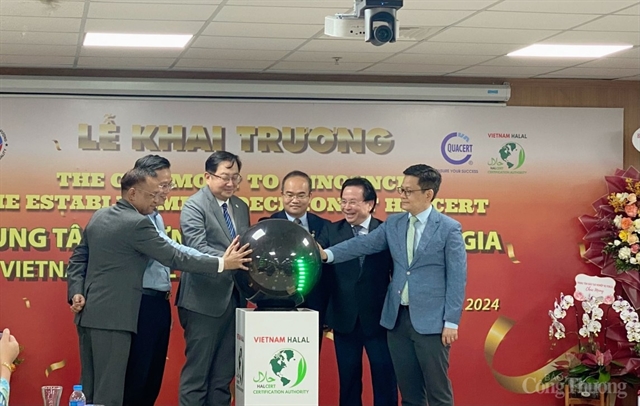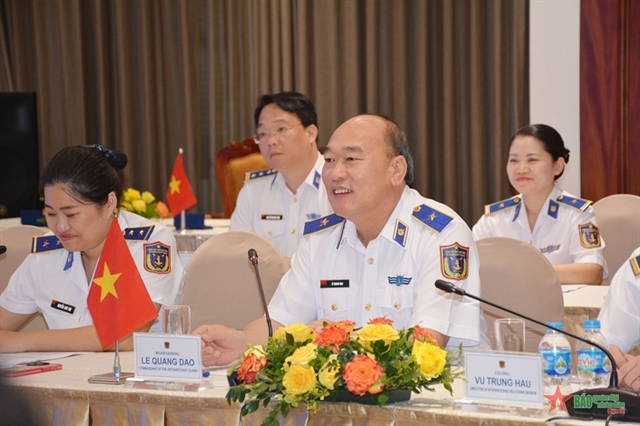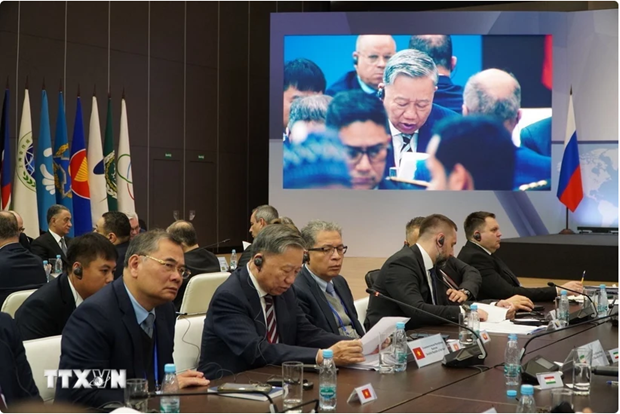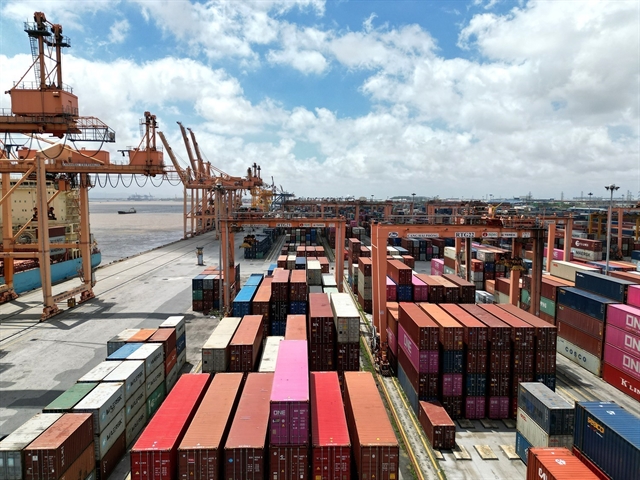 Economy
Economy

The central province of Khánh Hòa on December 7 approved a resolution establishing the Bắc Vân Phong special administrative economic unit.
 |
| A corner of Bắc Vân Phong special administrative economic unit in the central coastal province of Khánh Hòa. — VNA Photo |
KHÁNH HÒA — The central coastal province of Khánh Hòa on December 7 approved a resolution establishing the Bắc Vân Phong special administrative economic unit.
Accordingly, the Bắc Vân Phong special administrative economic unit would cover all the natural areas and the population of the province’s Vạn Ninh District.
Vạn Ninh District has a total area of 110,000ha, including 56,000ha of land and 55,000ha of water surfaces, with 12 communes, one town and a population of 128,000 (as of 2011).
The province said that Bắc Vân Phong had an important and strategic geo-economic position, with a number of advantages to develop it into a gateway to boost socio-economic development along the East-West, North-South economic corridors and facilitate trade cooperation with the Asia-Pacific countries.
Bắc Vân Phong would focus on four major sectors, namely maritime transport, trade and finance services, tourism, healthcare and education, and hi-tech development.
More than 97 per cent of voters in Vạn Ninh District agreed with the province’s project of developing the district into Bắc Vân Phong special administrative economic unit in a survey conducted in October.
This is an important step towards implementing the plan of developing three special administrative economic units, including Bắc Vân Phong in Khánh Hòa, Vân Đồn in the northern province of Quảng Ninh and Phú Quốc in the southern province of Kiên Giang.
Việt Nam was also drafting a law on special administrative economic units to create a legal framework for the development of these zones.
Vân Phong Economic Zone, founed in 2016 with a total area of 150,000ha, attracted 146 projects worth US$1.47 billion investment so far. — VNS









